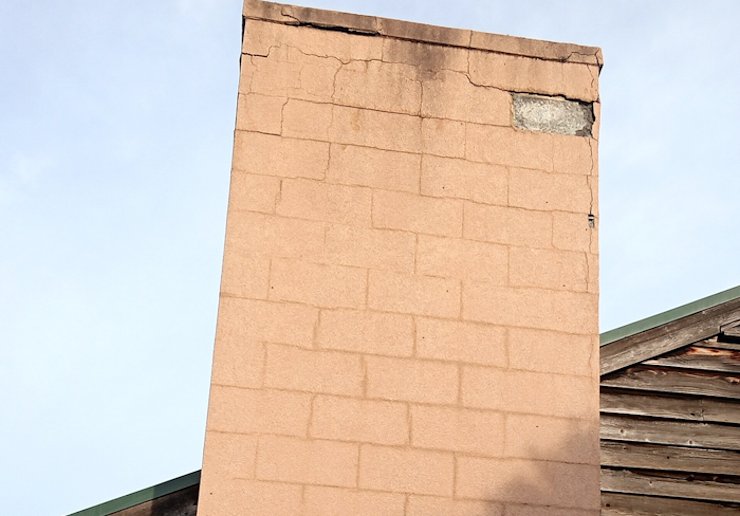Can you please help us?
Decorative Cementious finish
We have a 25 year old home, that is concrete block just painted, no stucco ever.
we just built a garage apt. on for our aging inlaws. It is just at the finish line now and we will have the stucco work done soon. Only one thing, it doesn't say anything in contract about what is going to be used. It says, " Decorative Cementious finish". What is that? I can't even find the word Cementious. This Contractor is NOT one I want to work with again and we really want to be careful on who he has do the work and that it is done correctly.
Can you please tell us the questions to ask so we get a good job. We do want to "color" the stucco. From your emails it seems we need two coats and that is done on the second coat. But then again, I think we are to have two coats regardless right ?
Please help us, we need to know what to ask ASAP as they are going to want to do this real soon.
Mortar doesn't bond to painted block, so it is critical that certain steps are taken to assure a good bond or all this mortar can pop off in a short time.
The expression, "Decorative cementitious finish" is vague and can apply to a garbage material you don't want.
What we do is usually referred to as three coat stucco, or traditional stucco. These days, the newer one coat stucco is sometimes called traditional stucco but it is not. Traditional means something passed down from generation to generation, and one coat stucco has been out since the late 1880's, maybe one generation but not two.
You may have seen what I wrote about stucco over painted block or brick here....
I call this our chipping and bonding method. The blocks are chipped opening the pores, and the first coat, called the scratch coat is mixed with a chemical bonding admixture. This is a strong, permanent bond.
It is a bad idea to nail metal lath on. We have nailed metal lath over painted block before and had a lot of cracks. I think this is because the paint creates a slip joint, that is an area that doesn't bond. One material expands and contracts differently than the other and causes cracks. Formstone was put on metal lath over painted brick with few or no cracks. The secret recipe for formstone hasn't been passed down through the ages.
Don't use EIFS cloth and EIFS basecoat.

Someone put EIFS cloth and EIFS basecoat and finish on this chimney. It is all peeling off after a short couple years.
Here is how we corrected this:
For more info, please check out what I said about bonding agents here: